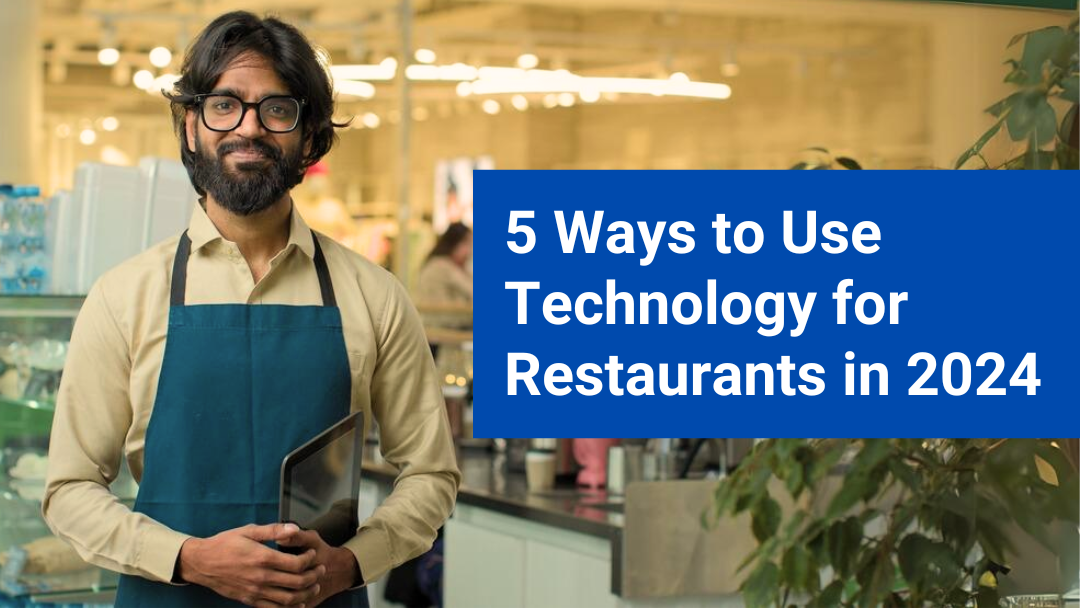5 Ways to Use Technology for Restaurants in 2024
The restaurant business has always been one of the hot trending business setups in India. With the massive digital revolution, restaurants that were previously dependent on traditional processes are now embracing technology and cutting-edge digital solutions. Through this article, let’s explore how restaurants should use technology to improve their revenue in 2024.
Why is technology important for restaurant business?
Technology plays a crucial role in the restaurant business for several reasons:
1) Enhanced Customer Experience: Technology isn’t just a bonus for restaurants. It helps them deliver services tailored to individual needs, makes ordering easy, and lets customers order online or reserve a table through their mobile phones easily. This culminates in enhanced customer satisfaction — which leads to customer loyalty.
2) Increased Efficiency: This is another benefit that comes from automation processes, technological tools, and integrated systems that assist the restaurant industry in running their day-to-day operations with less effort involved than before. From keeping track of stock levels all the way down to ensuring that no dish misses its mark at serving time while also making sure enough hands are on deck without any overstaffing — these errors would be minimized through technology as well as save both time and resources in return for what has been invested into it earlier on.
3) Data-Driven Insights: Through advanced analytical tools, restaurants gain valuable insights that, once deciphered, allow wise decisions in the kitchen and at the management level of menus: effective marketing strategies to be implemented with the aim of curbing unnecessary costs.
4) Cost Reduction: The technological wave also aids eateries in slashing their bills, particularly through pioneering systems that monitor stock levels— ensuring minimal food wastage — coupled with smart appliances that curtail energy consumption by adapting to work efficiently based on the number of tasks at hand.
5) Competitive Advantage: Customers in the contemporary age are looking for smart and modern dining experiences. Using technology makes restaurants distinguished from others in the field; it brings tech-savvy customers and places them at the forefront as innovative pioneers in the sector.
6) Adaptation to Changing Trends: Technology plays a pivotal role in assisting restaurants to adapt quickly to changing consumer trends and market dynamics. In terms of adoption, it might be contactless payment options delivery services virtual dining experiences, and such. However, these technologies empower restaurants so they can keep themselves pertinent and agile in the ever-changing environment where they operate their business.
Overall, technology plays a critical role in driving the success of restaurant businesses, helping them achieve excellence in customer experiences and streamline their operations to ensure they keep pace with the evolving industry trends.
Top 5 Technology for Restaurants:
1) AI-Powered Customer Service and Chatbots:

1) Chatbots can engage with customers round the clock, assisting with reservations, menu inquiries, and other common queries even outside of regular business hours.
2) Chatbots can quickly respond to frequently asked questions, such as operating hours, location, and menu options, freeing up staff to focus on more complex tasks.
3) By analyzing customer data and preferences, AI-driven chatbots can offer personalized menu suggestions and recommendations tailored to individual tastes, dietary restrictions, and past orders.
4) Chatbots can facilitate the ordering process by guiding customers through menu options, taking orders, and even handling table reservations, thereby streamlining operations and improving customer satisfaction.
5) Chatbots can provide immediate assistance to customers, reducing wait times for inquiries and ensuring prompt responses to their needs, leading to enhanced customer experiences.
2) Advanced Online Ordering & Delivery Systems:
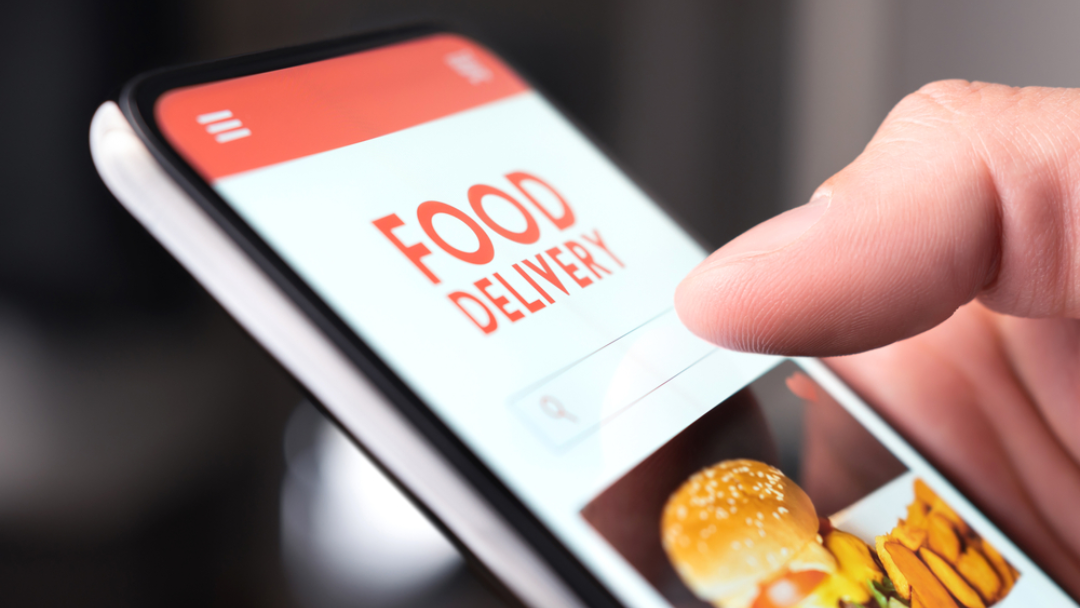
1) Online ordering platforms enable restaurants to reach a wider audience and capture additional sales from customers who prefer the convenience of ordering online. By offering delivery services, restaurants can tap into a larger market and generate additional revenue streams.
2) Online ordering systems offer customers the convenience of ordering food from anywhere at any time, using their smartphones, tablets, or computers. This adaptability improves client satisfaction in general and promotes repeat business. Advanced online ordering systems integrate seamlessly with restaurant POS systems, streamlining the order-taking process and reducing the likelihood of errors. Orders placed online are automatically transmitted to the kitchen, eliminating the need for manual entry and minimizing order processing times.
3) Order monitoring tools are available on a lot of online ordering platforms, enabling users to keep track of their orders in real-time. This transparency helps build trust and confidence in the restaurant’s delivery service and provides customers with peace of mind.
3) Smart Kitchens:
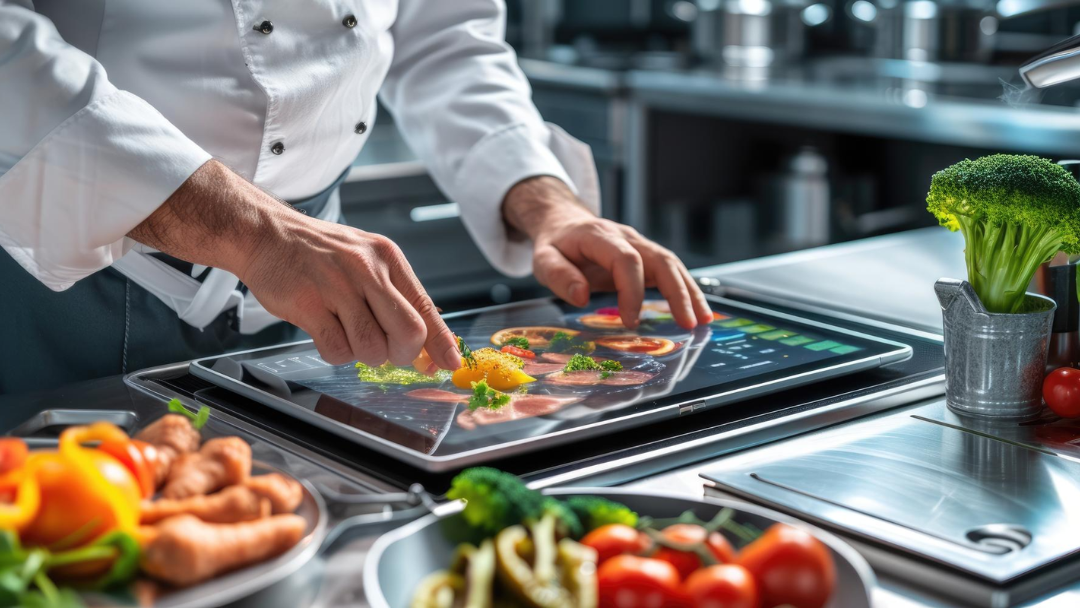
1) Smart kitchen appliances and equipment are connected through the Internet of Things (IoT), allowing for seamless communication and coordination between different components of the kitchen. Workflows are streamlined, downtime is decreased, and overall efficiency is increased with this integration.
2) Restaurant managers and staff can remotely monitor and control smart kitchen appliances and equipment using mobile devices or computers. This enables them to adjust settings, monitor performance, and troubleshoot issues in real time, even when they’re not physically present in the kitchen.
3) Smart kitchen appliances are often designed to be energy-efficient, using advanced technologies such as sensors, timers, and energy management systems to optimize energy usage. This not only reduces utility costs but also helps restaurants minimize their environmental footprint.
4) Digital Menus & Ordering via QR Codes:
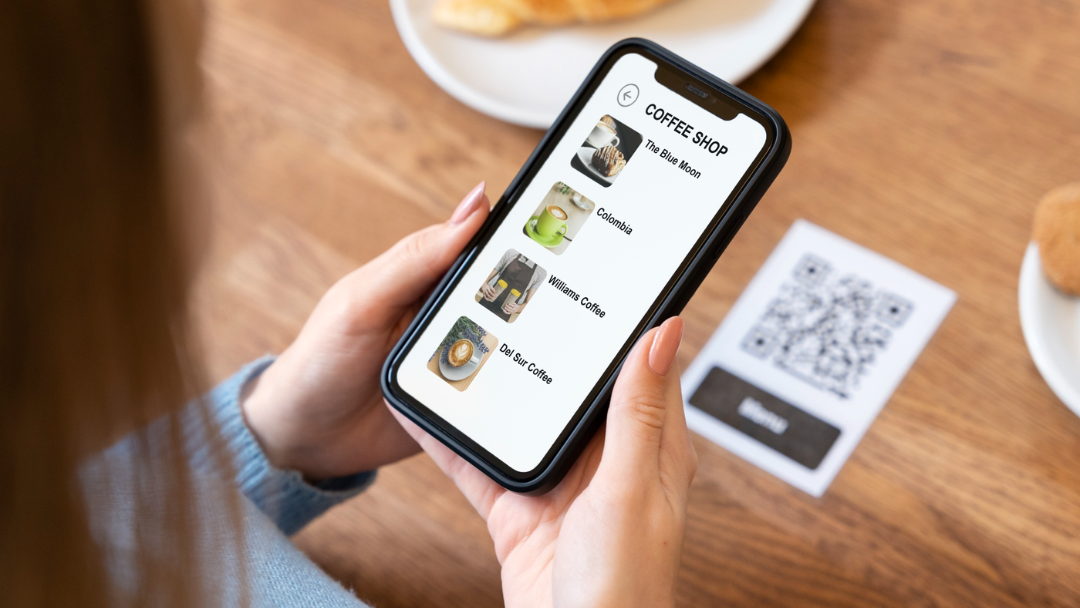
1) Digital menus and QR code ordering reduce physical contact between customers and restaurant staff, enhancing safety and hygiene, especially in a post-pandemic environment where cleanliness is a top priority.
2) Digital menus can be updated in real time to reflect changes in menu items, prices, or promotions. This ensures that customers always have access to the most current information, reducing confusion and enhancing the dining experience.
3) QR code ordering allows customers to view the menu, place orders, and make payments directly from their smartphones, without the need to wait for a server or handle physical menus and payment terminals. This convenience speeds up the ordering process and improves overall customer satisfaction.
4) Digital menus can be designed to include suggestive selling prompts or recommendations based on customer preferences and ordering history, increasing the likelihood of upselling additional items and boosting sales.
5) Augmented Reality (AR) Experiences:
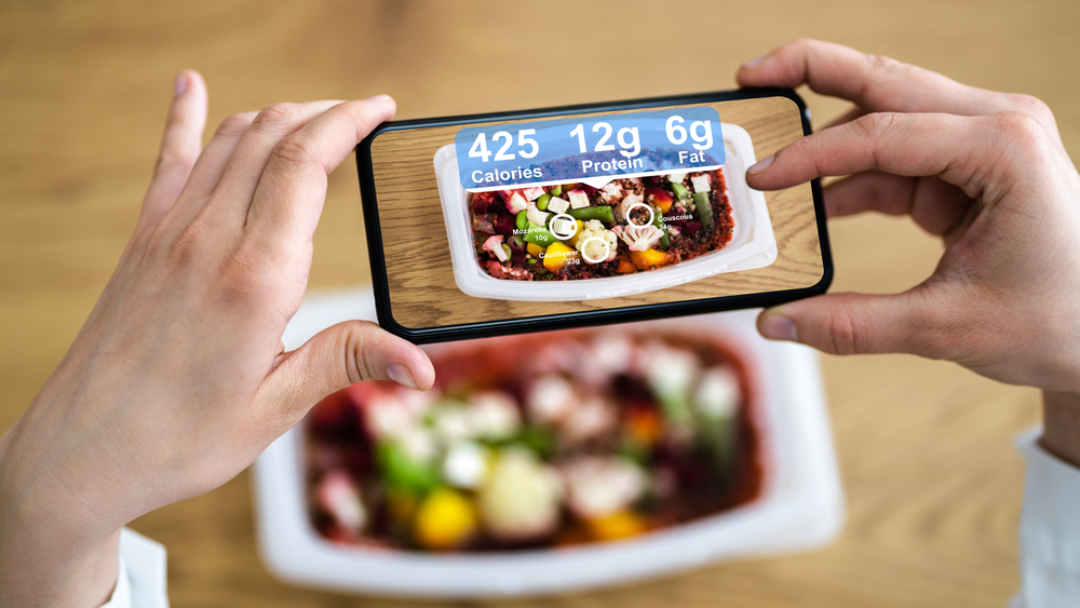
1) AR technology allows restaurants to create interactive digital menus that overlay virtual images or animations onto the physical menu items when viewed through a smartphone or tablet. This immersive presentation can help showcase menu items in a visually appealing way, making them more enticing to customers.
2) AR can enable customers to virtually “sample” menu items by superimposing digital representations of dishes onto their real-world surroundings. This allows customers to preview the appearance and size of the dish before ordering, helping them make more informed choices.
3) AR can be used to transform the restaurant environment into themed or immersive settings by overlaying digital decorations, effects, or characters onto the physical space. This allows restaurants to create unique and memorable dining experiences that set them apart from competitors.
4) AR experiences can provide educational content about the restaurant’s cuisine, ingredients, or cooking techniques. For example, customers can use AR to scan a dish and learn more about its origins, nutritional information, or preparation methods, enhancing their appreciation for the food and the restaurant’s culinary expertise.
SUMMING UP
In 2024, technology continues to revolutionize the restaurant industry, enhancing customer experiences, streamlining operations, and increasing efficiency.
By adopting the above-mentioned techniques, restaurants can stay competitive, improve operational efficiency, and provide memorable experiences for their customers.

